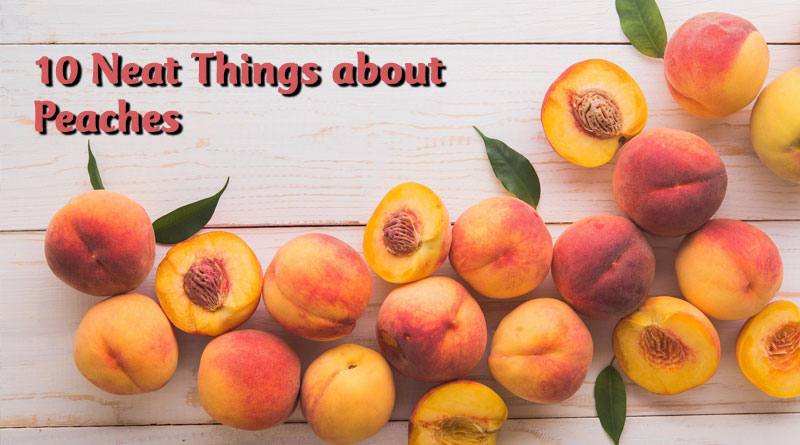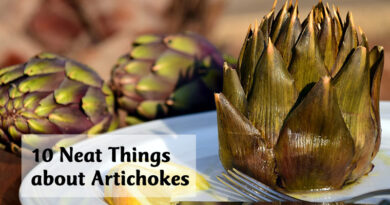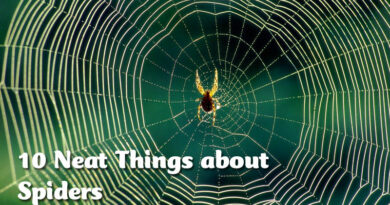About Peaches
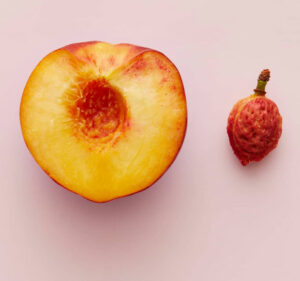
1. Clingstone or freestone.
When you eat a peach and the flesh comes neatly away from the pit, that is a freestone. With clingstone types, the flesh is firmly attached to the pit. Many people say that clingstones are softer and juicier than freestones, but you can certainly find a juicy freestone and a dry clingstone. Frankly, any perfectly ripe peach is a great find.
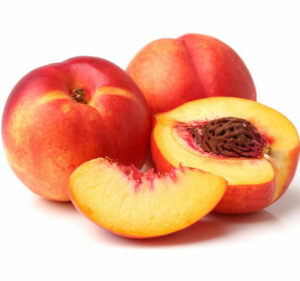
2. Nectarines.
Before I knew anything about gardening, I thought nectarines were some kind of cross between peaches and tangerines. They aren’t. Nectarines are simply a variety of peach without fuzz; in fact, sometimes they are called fuzz-less peaches.
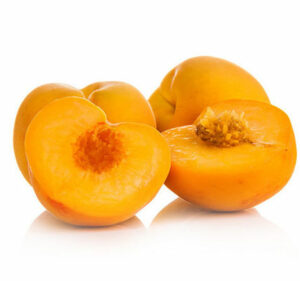
3. Peacherines.
This type is the offspring of a fuzzy peach and a nectarine. It’s less fuzzy than a peach but not so bald as a nectarine. They were first marketed in the early 1900s, when the Pacific Monthly tells us: “It combines the solidity and flavor of the nectarine with all the good qualities of the peach.” This is odd, because there is no real difference between peaches and nectarines except the fuzz.

4. Flat peaches.
Often marketed as Saturn peaches or donut peaches, these are an oblate shape, as though someone squished them from top to bottom. They seem new-ish here, but they’ve been enjoyed for at least 400 years in China, where they’re called pantao. Devotees say they have a more complex flavour than others.
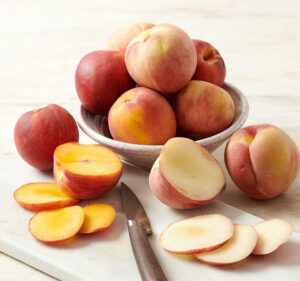
5. Yellow vs white.
Peaches come with flesh in either yellow or white. In general, white-fleshed ones have a less tangy flavour. Tangy yellow fruits are preferred in Canada, the US and Europe while sweet white kinds are preferred in Asia.
6. Persipan.
The stone of the peach contains a seed much like an almond and it is often used to make an off-brand kind of marzipan, called persipan. The seed is very bitter and it’s also high in amygdalin, used to make cyanide. The amygdalin must be detoxified before consumption.
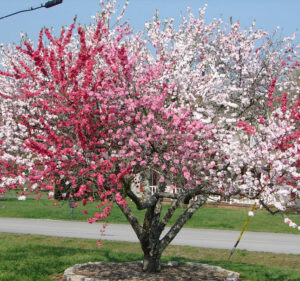
7. Prunus persica.
Peaches are of the Prunus genus, the same as plums, cherries, apricots and almonds. Persica means of Persia, which is a misnomer because they are actually from China. They were widely cultivated in Persia, from whence they came to ancient Greece and Rome.
8. Ripening.
Peaches are climacteric. That means they’ll ripen after you’ve picked them. Seriously. Are they too hard at the supermarket? Buy them anyhow and put them on your counter; they’ll be good for eating in a couple of days.
9. So hard to grow.
People in Alberta, Manitoba and most of Ontario need not feel jealousy about Southern Ontario’s ability to grow peaches because, even with a climate that will allow for it, they are very difficult to grow. Opened flowers will die at -4 degrees Celsius, so a late frost means no fruits. There are also several diseases the trees can suffer.

10. Art.
Peaches were a subject of art for a number of European painters, from Caravaggio to Renoir. According to Jack Tressider, who wrote 1001 Symbols and their Meanings, the fruit symbolized the heart; during the renaissance, there was often a leaf on it, which symbolized the tongue and was meant to suggest speaking from the heart. By the late 19th century, artists like Caravaggio would depict them with worm holes in them, striving for realism.
– Shauna Dobbie Copyright©
Pegasus Publications Inc.

